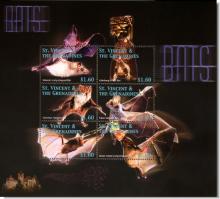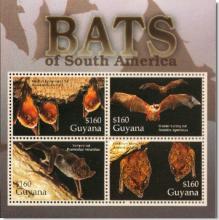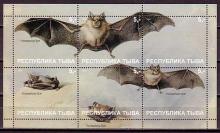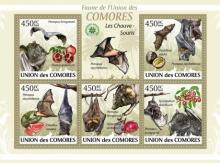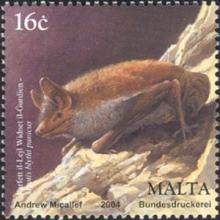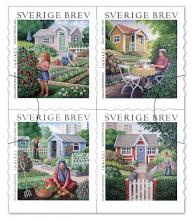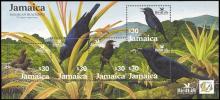1. Plant nectarplanten in je tuin. Vlinders en andere insecten voeden zich vooral met nectar. Plant daarom vooral bloemen die veel nectar produceren, zoals hemelsleutel, lavendel, wilde marjolein of verbena.
2. Plant inheemse bomen en struiken in je tuin. Inheemse bomen en struiken hebben voor vogels en insecten veel meer te bieden dan uitheemse. Ze zorgen zowel voor een uitgebreid voedselaanbod (o.a. bessen) als voor nestgelegenheid.
3. Zorg voor gelaagdheid: kruidlaag, struiklaag, boomlaag. In een natuurlijk bos zie je verschillende ‘lagen’. Die kan je ook in je tuin creëren: op de bodem laat je hier en daar bladeren liggen zodat een humuslaag ontstaat, plant kruiden en lage planten aan, wat struiken en - als je tuin groot genoeg is - hogere bomen.
4. Zorg voor nestgelegenheid voor vogels en insecten. Door nestkastjes voor vogels aan te bieden, krijg je meer soorten vogels in je tuin. Leuk zijn nestblokken voor solitaire bijen, belangrijke bestuivers. Wist je dat er ook voor oorwormen en hommels ‘nest’kastjes bestaan?
5. Creëer een ruig hoekje in je tuin. Een hoekje in de tuin dat je laat verwilderen, kan voor veel dieren belangrijk zijn. Wist je dat de rupsen van de dagpauwoog, de atalanta, de kleine vos en het landkaartje, vier mooie dagvlinders, enkel bladeren van brandnetels eten?
6. Dood hout zorgt voor leven. Dode takken of stammen moet je niet meteen verbranden of weggooien. Snoeihout kan je verwerken in een mooie takkenwal die als afsluiting dienst kan doen. Onder een hoopje dode takken of houtblokken vinden salamanders en egels geschikte plekjes om de winter door te brengen.
7. Maak van je gazon een hooiland. Wie een groot gazon heeft, kan ervoor kiezen om tenminste een deel ervan om te vormen tot bloemenweide of hooiland. Dat hoef je slechts één- of tweemaal per jaar te maaien. Door dit hooiland kan je wel netjes gemaaide paadjes aanleggen, zodat het toch een verzorgde aanblik geeft. Je zal zien dat sprinkhanen, wantsen en vlinders vanzelf zullen verschijnen.
8. Een vijver als bron van leven. Als je voldoende ruimte hebt in je tuin, kan je kiezen voor de aanleg van een tuinvijver. Zorg voor een geleidelijke oeverzone met inheemse waterplanten en weet dat vissen zich te goed zullen doen aan kikkervisjes en waterbeestjes.
9. Gebruik geen pesticiden. Het gebruik van pesticiden zorgt voor minder insecten in je tuin. Wist je dat bestrijdingsmiddelen één van de oorzaken van de achteruitgang van vlinders zijn?
10. Bemesten hoeft niet. Bemesten in de tuin is helemaal niet nodig. Voor ieder type grond - arm of rijk - bestaan voldoende diverse planten om je tuin op te fleuren. Wil je de grond verbeteren om met succes wat groenten te telen, kies dan voor natuurlijke meststoffen in plaats van kunstmeststof.
Verdere aanbevelingen, zie bijlage

